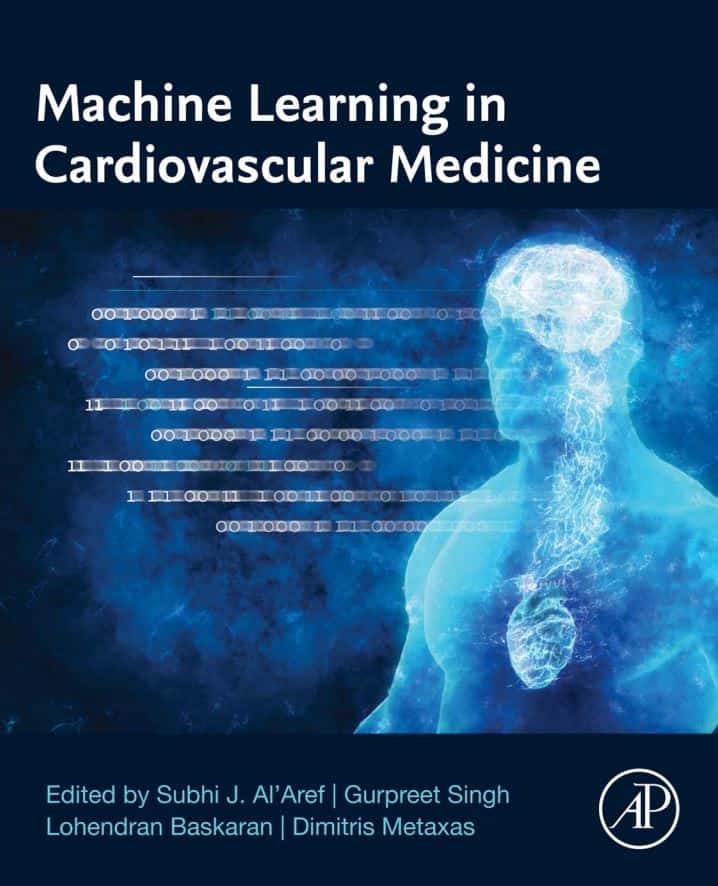UAMS Using Artificial Intelligence to Study Heart Motion, Improve Treatments
| LITTLE ROCK — UAMS cardiologist and researcher Subhi J. Al’Aref, M.D., is developing methods that use artificial intelligence to analyze heart motion in 4-D (3-D plus time dimension), which could save doctors time and give them better information for more effective treatments of certain heart patients.
A National Institutes of Health (NIH) grant of $757,749 will support Al’Aref’s research over the next five years.
The study is focused on patients whose heart chambers pump out of sync. The condition, known as cardiac dyssynchrony or ventricular dysfunction, often leads to heart failure. It is caused by irregular electronic signals, which limit the ability of the heart chambers to fill with blood as they should.
The standard treatment is cardiac resynchronization therapy (CRT), which involves implanting either a pacemaker or defibrillator, whose electric signals make the heart contract properly.
Before recommending CRT, doctors must analyze the heart’s function, which is no easy task, said Al’Aref, an assistant professor and director of Research in the UAMS College of Medicine Division of Cardiology.
“Developing a complete understanding of a patient’s heart function is a challenge due to its complex 3-D structure and motion,” he said. “Machine learning of the heart’s motion patterns could help provide more accurate diagnosis and improve patient outcomes.”
Machine learning involves the development of computer programs that can access data and use it to learn with limited human involvement. It uses artificial intelligence (AI) to automatically improve from experience.
“We’ve seen exciting new advances in machine learning that could be used to speed up the processing of cardiac images and to analyze the underlying regional motion patterns,” Al’Aref said.
The study is recruiting 200 heart patients who are eligible for CRT.

